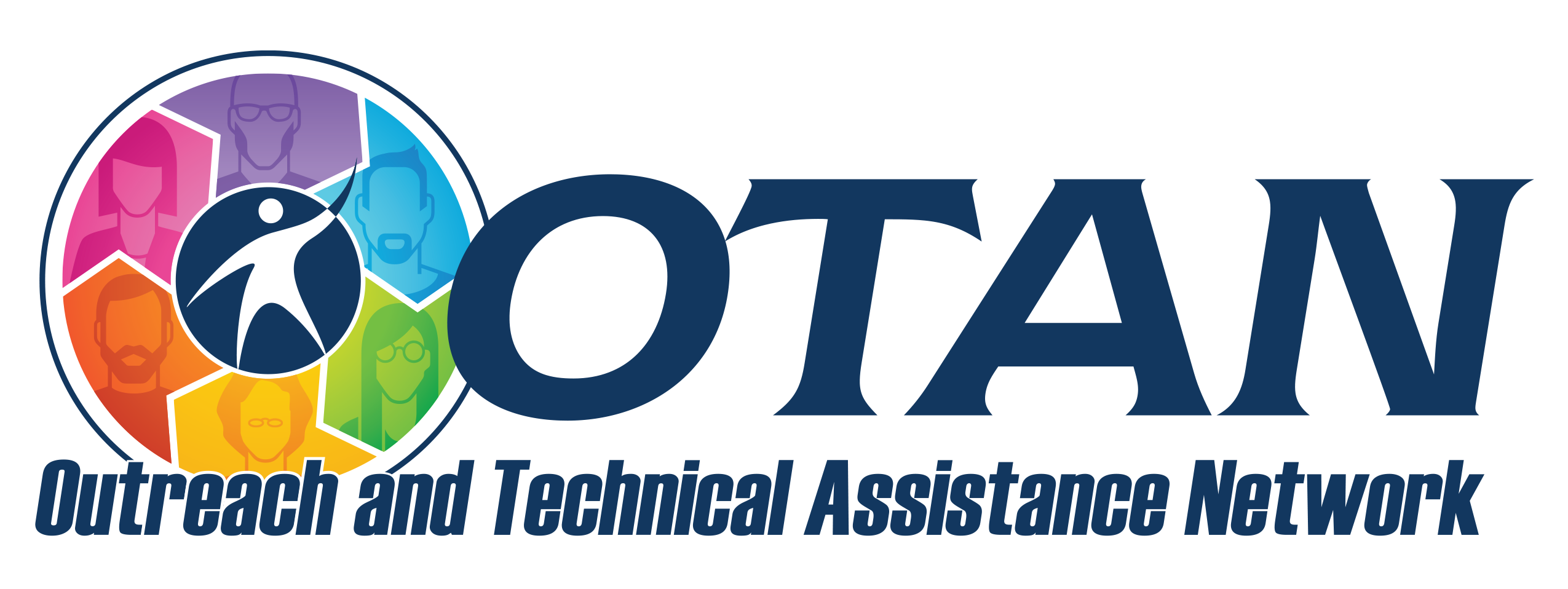Search
Class Podcast with The Moth as Inspiration
Details
Activity Description
Preparation
- Check the website to ensure it is not blocked at your site.
- Read through the lesson plan.
- Print and make copies of any handouts.
- Decide how students will record their written narratives and prepare a tutorial/print instructions.
- Select the podcast edtech tool(s) to be used and find or create video or print tutorials.
- Select one The Moth episode from either the website or the YouTube channel for modeling. Ensure that it has either a transcript or captions in order to be accessible to all students. You can also see Moth's Storytelling School (link listed in "More Ways" in this lesson plan).
- Decide how students will share their written narrative scripts for feedback and how they will record their voices and share their recordings. See "How To" section for free tech tools. For the podcasting or recording tool you select, become familiar with it so that you will be able to demonstrate it for students.
How-To
There are numerous podcasting / hosting sites. Here are some free options:
- Podbean - Upload 5 Hours Total, 5 Hours Total Storage Space 100GB Monthly Bandwidth - see Podbean How-to Videos on the Podbean YouTube Channel
- Podomatic - 500 MG of storage, 15 MG bandwidth; see video tutorials on the Podomatic YouTube channel
- Padlet - create a free Padlet teacher account, create a wall, share the link with students, and allow them to upload their audio files or record in the wall. See the Padlet Help page on Post Audio on a Padlet.
Other options are to post students' recordings (with their permission) along with their written scripts in a page of an LMS (such as Canvas), or on a website such as Google Sites (save all files to a Google Drive folder and ensure that sharing for all files is set to anyone can access).
For students to record their voices, there are several free options:
- Voice memo or other app on cell phones
- The voice recording options in an LMS (such as Canvas's media recorder in the editor and Canvas Studio)
- 123 Apps Online Voice Recorder
- SpeakPipe
- Vocaroo
Teacher Tips
You can choose from other Podcasts or allow students to share their own favorite episodes from storytelling podcasts such as the following:
- StoryCorps
- NPR's This American Life - see Recommended List
- University of Minnesota's Immigrant Stories
More Ways
See Storytelling School on The Moth website for short lesson activities, which include transcripts of talks and some videos.
See The Moth Education Program Teachers Page, which includes opportunities include professional development, curriculum partnership, and a teacher's guide to go along with the book All These Wonders, a compilation of Moth talk scripts.
Program Areas
- ABE: Adult Basic Education
- ESL: English as a Second Language
Levels
- Intermediate
- High
- Intermediate High
- Advanced

